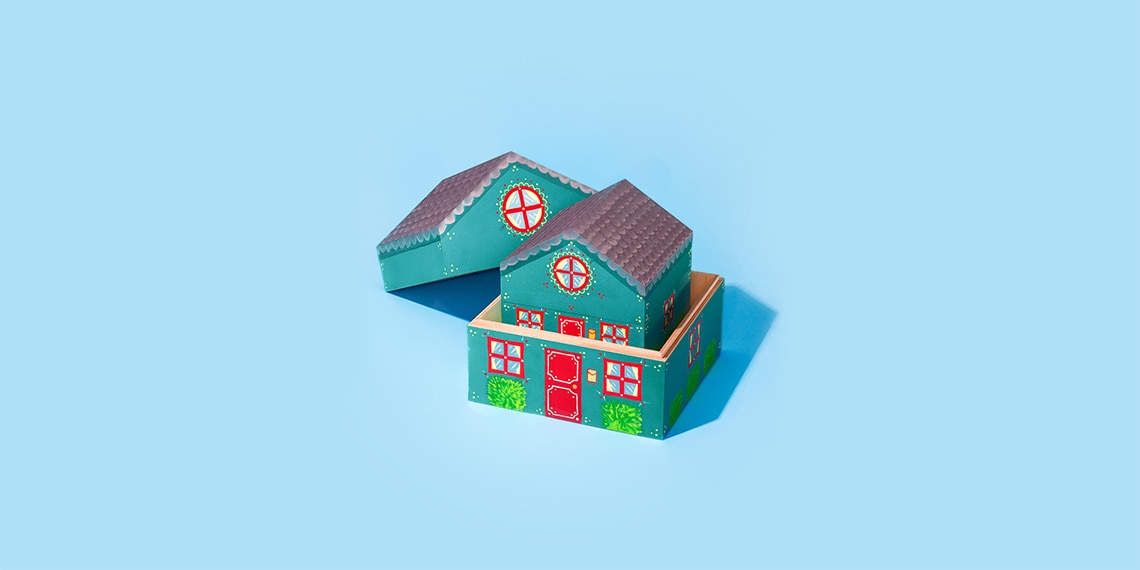
On a recent beach vacation with my parents, the first thing I did upon arriving at our rented bungalow was not dip my toes in the pool or sand. Instead I immediately rolled up and put away the throw rugs. My parents are getting older. No one’s going to trip and break a hip on my watch.
Simple changes to a home can certainly help protect seniors from spills and hazards, but sometimes bigger changes than whisking away problematic décor are required. After all, a whole industry exists around the concept of “aging in place,” which translates to renovations to your home that can help when limited mobility, impaired vision or illness become a concern.
But should you wait? Thinking about accessibility now and making some home modifications sooner rather than later can smooth the transition to your golden years. “When we talk about aging in place, it’s never too early to start addressing these things,” said Shani Abrams, a Chicago designer who is a certified specialist in aging in place. “Your home is probably the biggest sanctuary you have in your life,” she said. “It’s where you can be alone and feel safe and secure.”
To Downsize or Renovate? Costs Beyond Price Tags
For many older people, the choice between moving to a smaller home or modifying a current residence can be agonizing. Richard A. Acree, a certified aging-in-place specialist in Brentwood, TN, said he understands that the dilemma goes beyond costs: It’s also about staying in proximity to family, friends and community. (And for the record, those elements are all powerfully beneficial in an older person’s life.)
While he’s pragmatic—“if you need a smaller home, you need a smaller home,” Acree said—he also sees the appeal in a place that holds memories and physical ties to loved ones. Many retirees say the emotional value of their home far outweighs the financial value. Whatever you decide, “you really need to have that aging-in-place mentality whether you move or stay put,” Acree said.
Renovations That Make a Difference
So which renovations truly improve your life as you age? Safety features in bathrooms and modifications for single-floor living are top of the list for many renovators. From widening doorways for wheelchairs to installing higher toilets, solutions vary as much as home styles and homeowner needs.
For example, the sunken living room style, popular in mid-century homes, poses a tripping risk for the clients of Gail Abbey, an occupational therapist and certified aging-in-place specialist in Tucson, AZ. Abbey connects her clients with contractors in order to rework their spaces to help prevent falls—crucial for keeping them living independently.
Besides custom changes, three areas often require remodeling work for senior living:
In the Kitchen
● Replace lower cabinets with drawers so you can easily see and reach the contents, without crouching or bending at awkward angles.
● Create a workstation where you can sit while prepping food.
In the Bathroom
● Replace the tub—too easily tripped over—with a walk-in shower.
● Install grab bars in showers and next to the toilet.
In the Master Bedroom
● Buy a bed at approximately wheelchair height, around 19 to 20 inches, to make moving between them easier in the future, if needed.
If the thought of modifying your home with practical, but unsightly, safety features leaves you cold, consider this: The design world has vastly improved the options. “Grab bars went from cold, metal bars to materials that blend with the décor,” Acree said. “Now you can pull off aging-in-place installations that look cool.”
Other suggestions include a lighting plan that gives you good visibility, as well as floor illumination; removing thresholds at doorways; and installing no-slip flooring. Beautiful marble floors, for example, are dangerously slippery. “Take them out and put in wood or porcelain tile,” Abrams said.
Take Advantage of Tech Solutions
Ever-evolving smart home tech, from voice-controlled home assistants to remote monitoring systems, can help you position yourself for long-term independent living. Today you can use technology to monitor your health at home, and solutions such as cleaning robots can help you keep up with housework. So whether it’s as simple as motion-activated lighting or as personal as an app that reminds you to take your medications, the right tech could help stave off leaving home.
Jennifer Chappell Smith lives with her husband in San Antonio, working as an editor and writer and mothering three boys, ages 11, 9 and 8.
Learn how to discuss your estate plan with your grown children.

